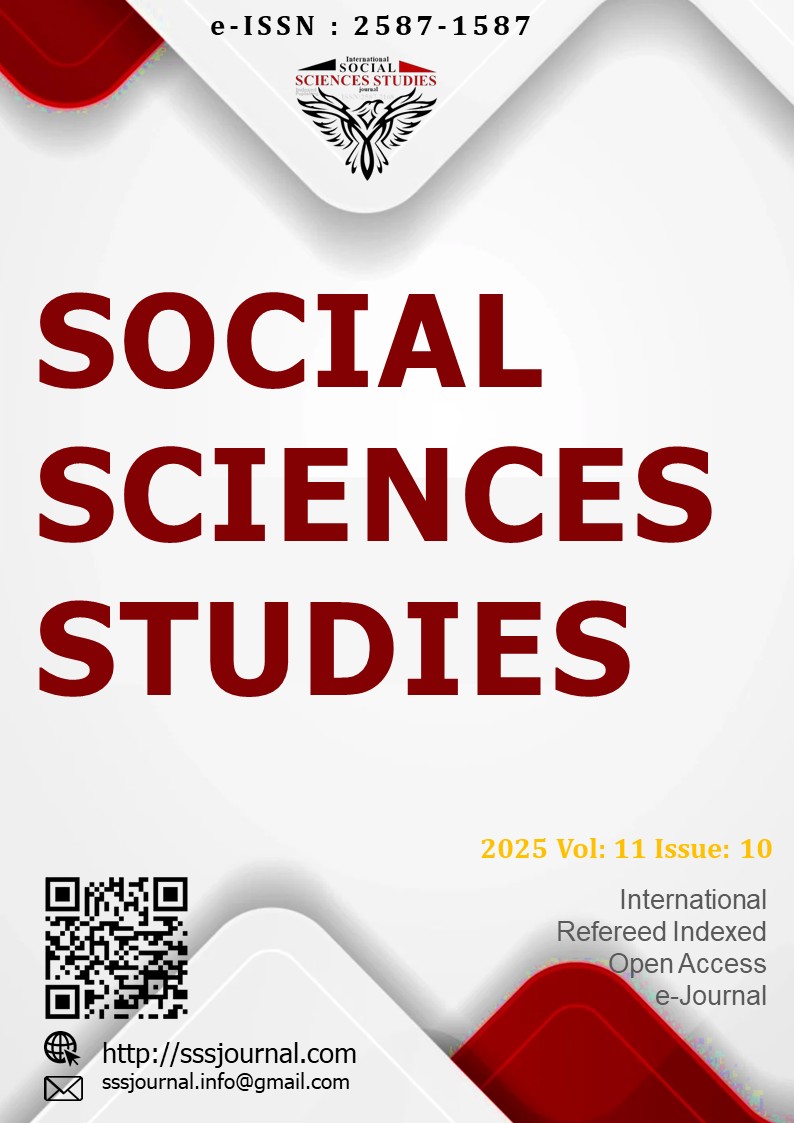Author :
Abstract
Günümüzde savunma planlaması, yalnızca geleneksel askeri tehditlerle değil, aynı zamanda sosyo-politik, çevresel ve ekonomik unsurlarla şekillenen çok boyutlu bir strateji gerektirmektedir. Küresel güvenlik ortamı, asimetrik tehditler ve savaşlar, terörizm, siber saldırılar, biyolojik ve kimyasal tehditler, iklim değişikliği ve kitlesel göç gibi yeni tehdit unsurlarıyla çeşitlenmiştir. Bu tehditler, savunma politikalarını daha karmaşık ve dinamik hale getirmektedir. Özellikle kitlesel göç, son yıllarda güvenlik, istikrar ve savunma stratejilerinin yeniden şekillendirilmesine yol açan önemli bir mesele haline gelmiştir. Bu makalede öncelikle savunma planlamasını etkileyen güncel konular ve tehditlere değinilecektir. Daha sonra Göç kavramı ve göçün tarihi arka planından bahsedilerek Arap Baharı örneği ele alınacaktır. Arap Baharı sonrası yaşanan göç hareketlerinin savunma planlamasına etkisine değinilecektir.
Keywords
Abstract
The text should be preceded by a brief abstract, between 100-250 words
Today, defense planning requires a multidimensional strategy shaped not only by traditional military threats but also by socio-political, environmental and economic factors. The global security environment has diversified with new threat elements such as asymmetric threats and wars, terrorism, cyber attacks, biological and chemical threats, climate change and mass migration. These threats make defense policies more complex and dynamic. In recent years, mass migration in particular has become an important issue that has led to the reshaping of security, stability and defense strategies. This article will first address current issues and threats affecting defense planning. Then, the concept of migration and its historical background will be discussed and the Arab Spring example will be discussed. The impact of migration movements after the Arab Spring on defense planning will be discussed.





